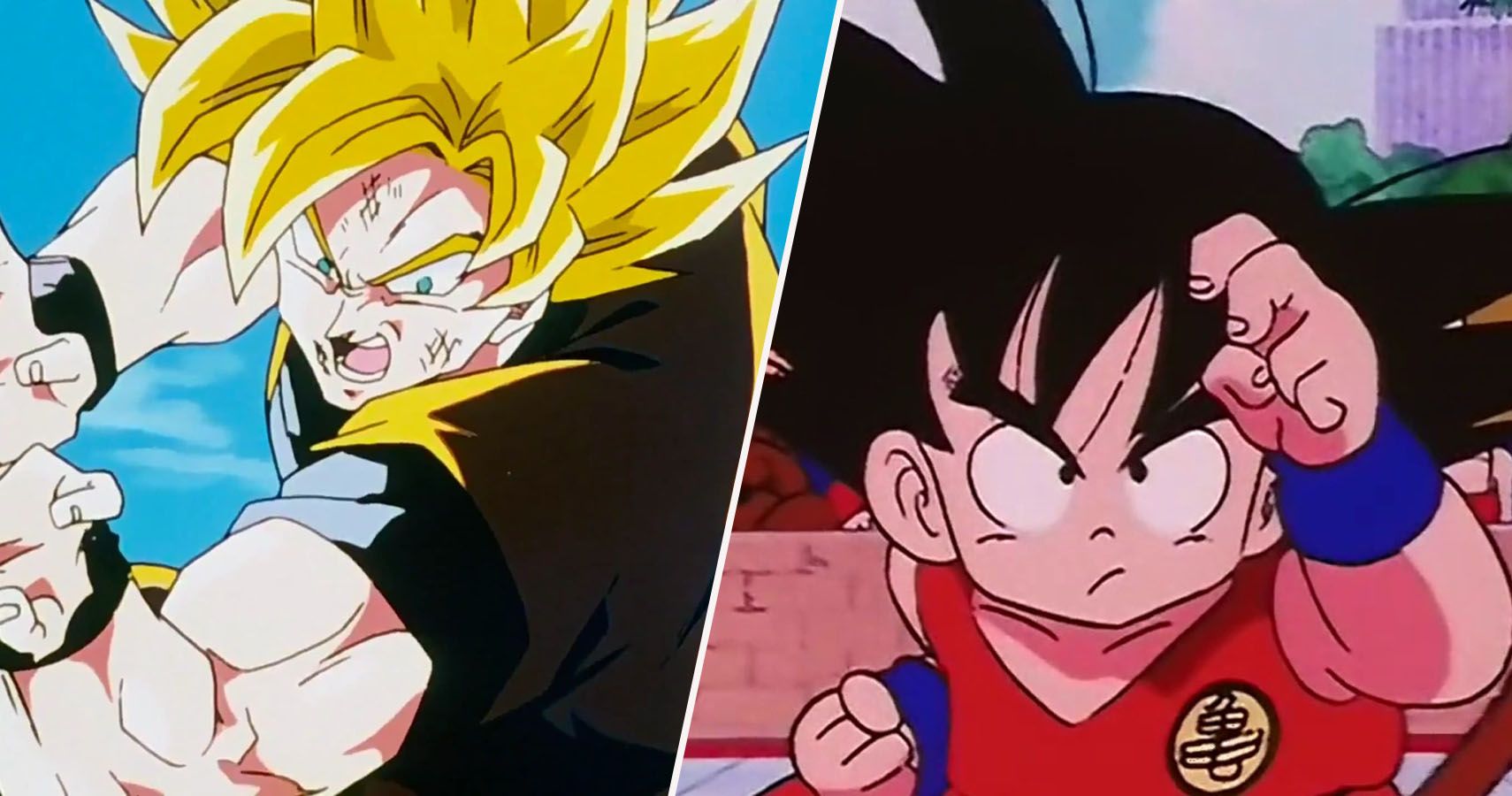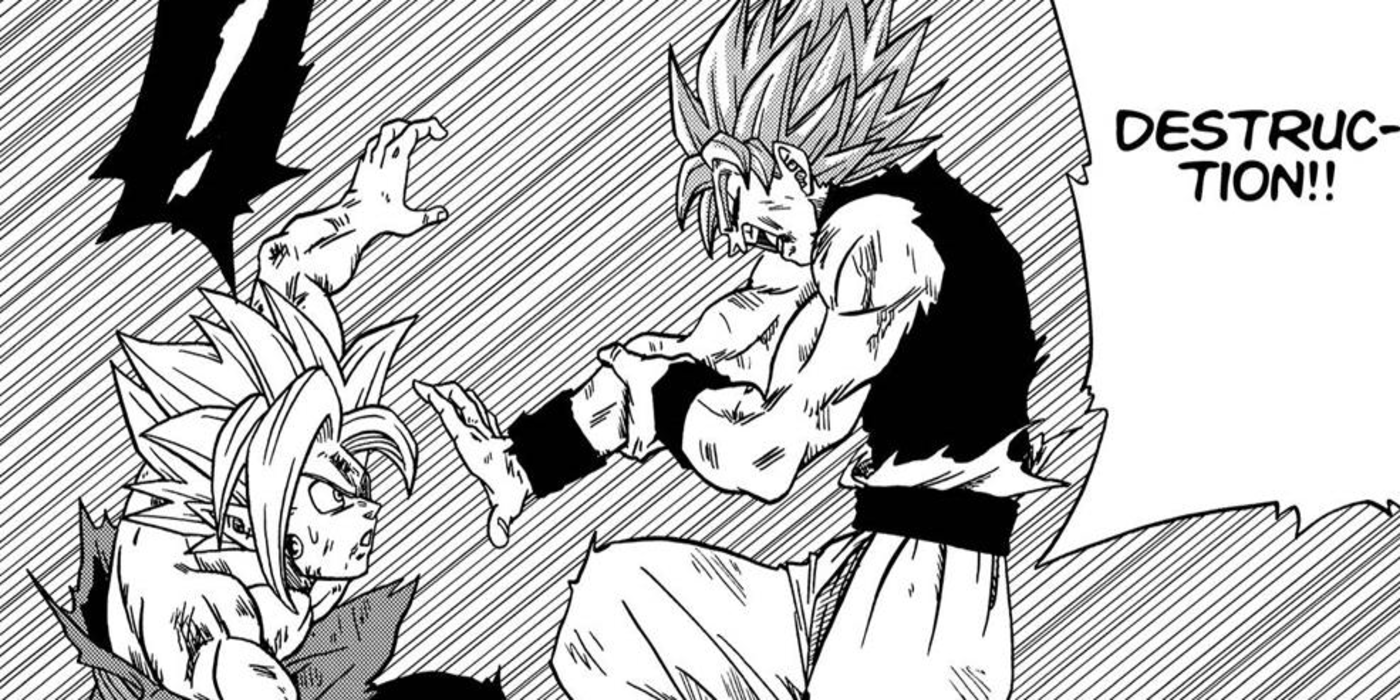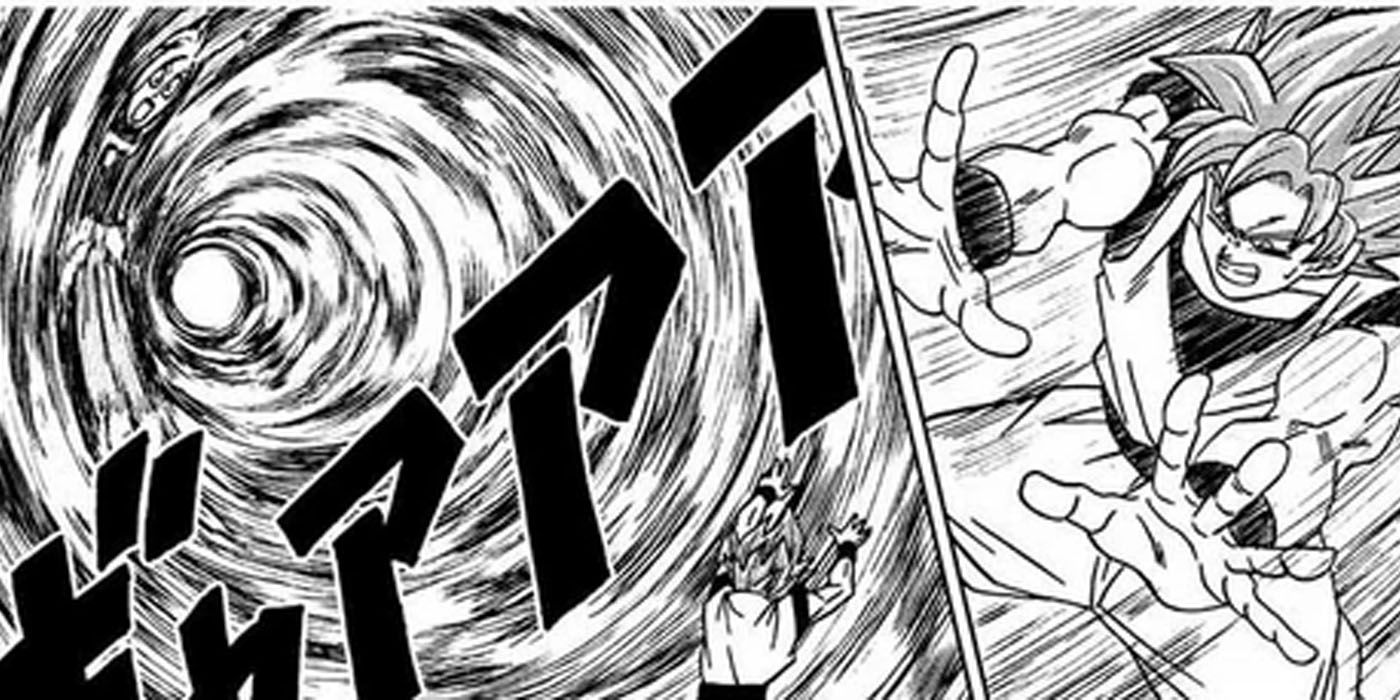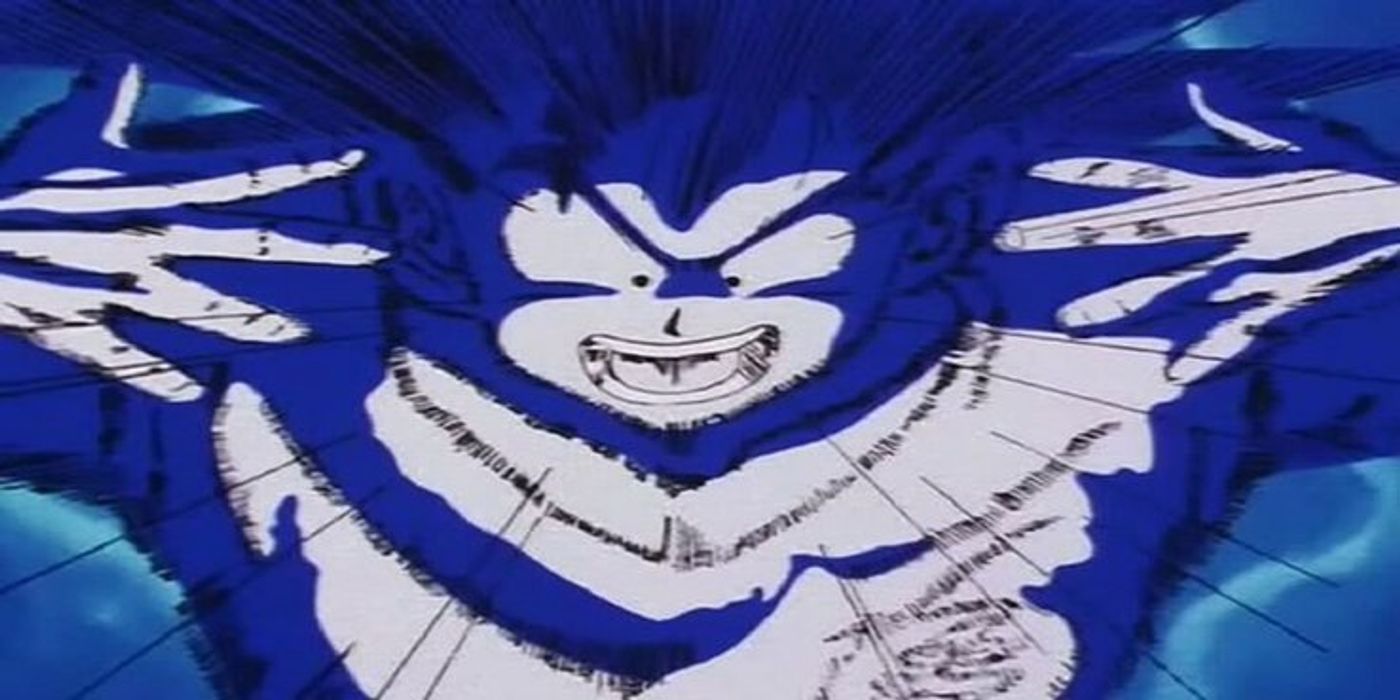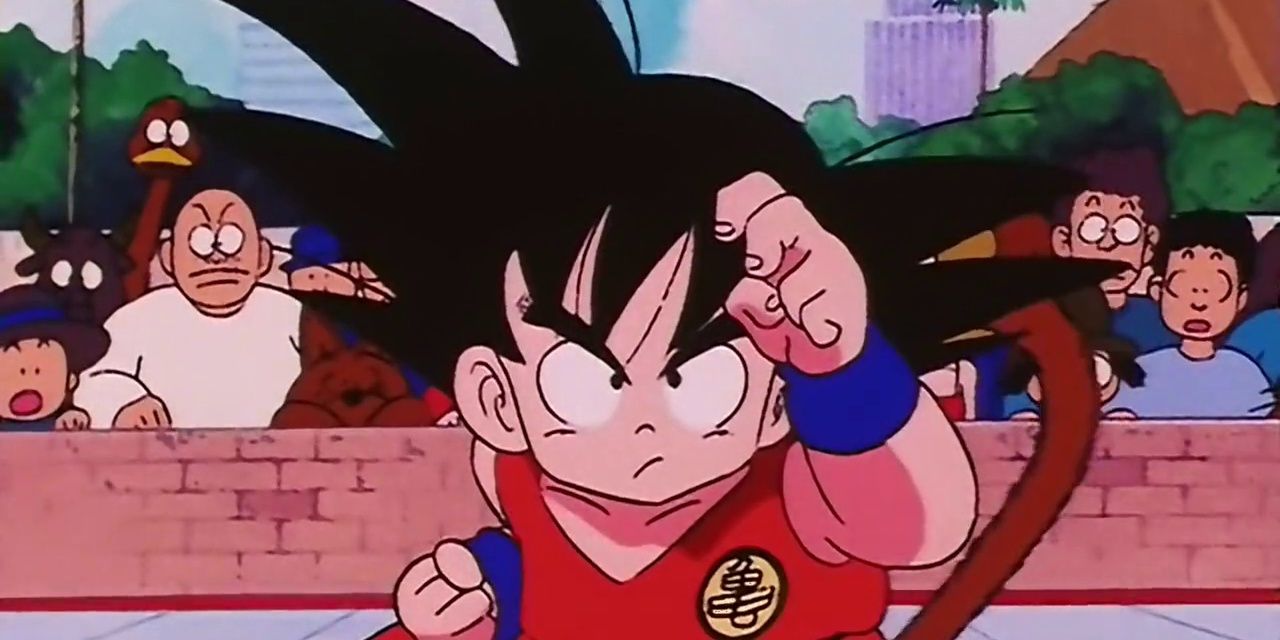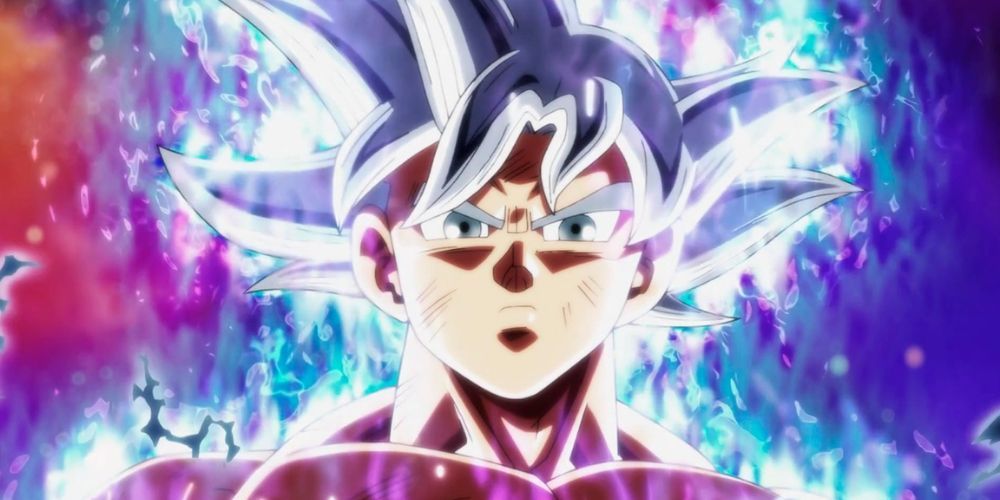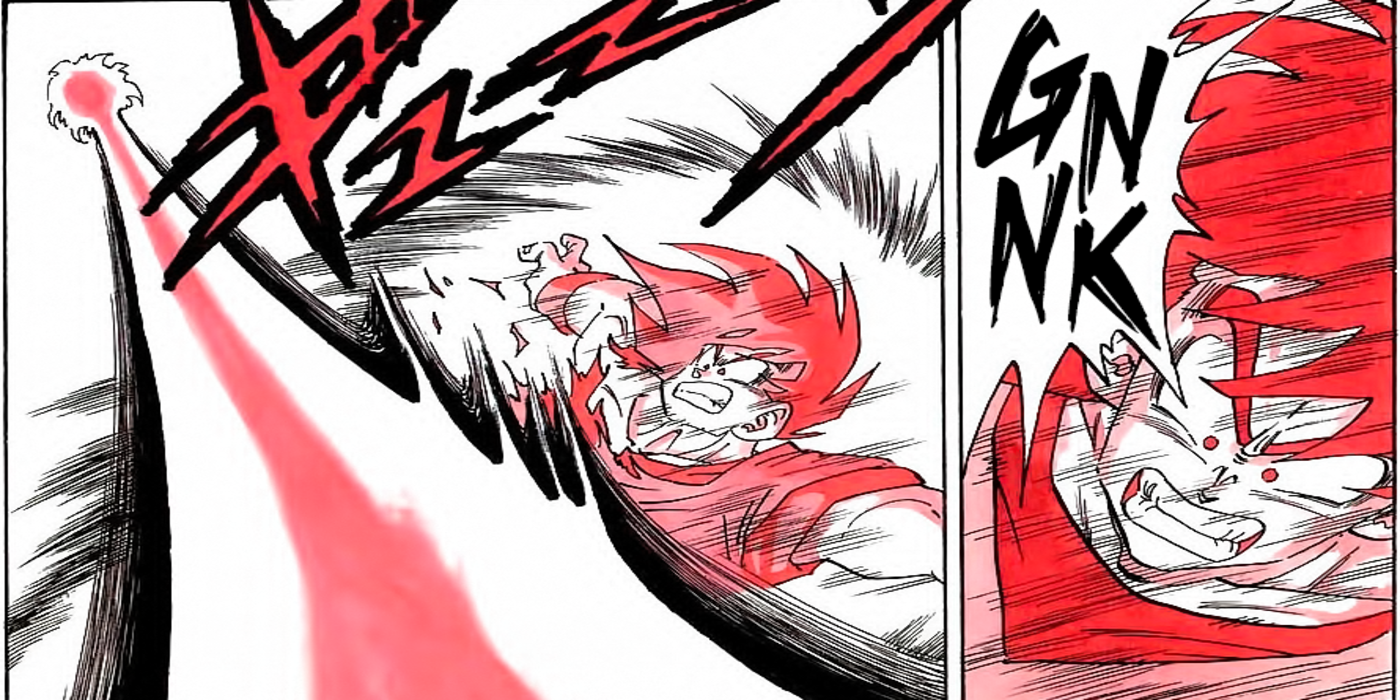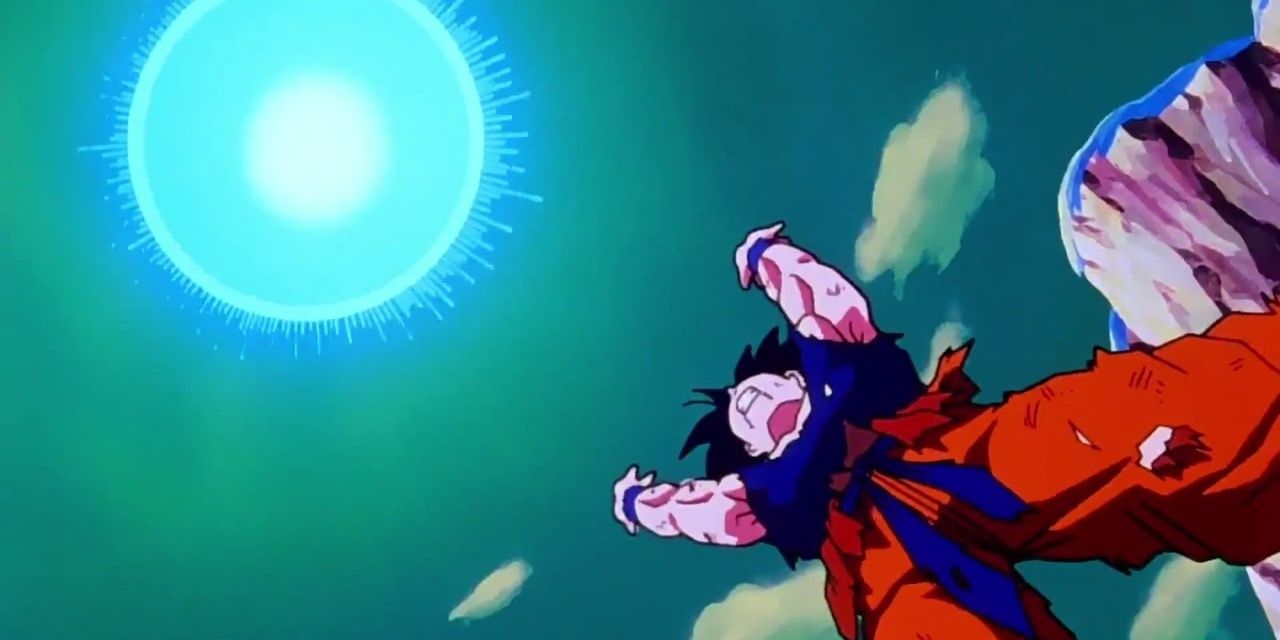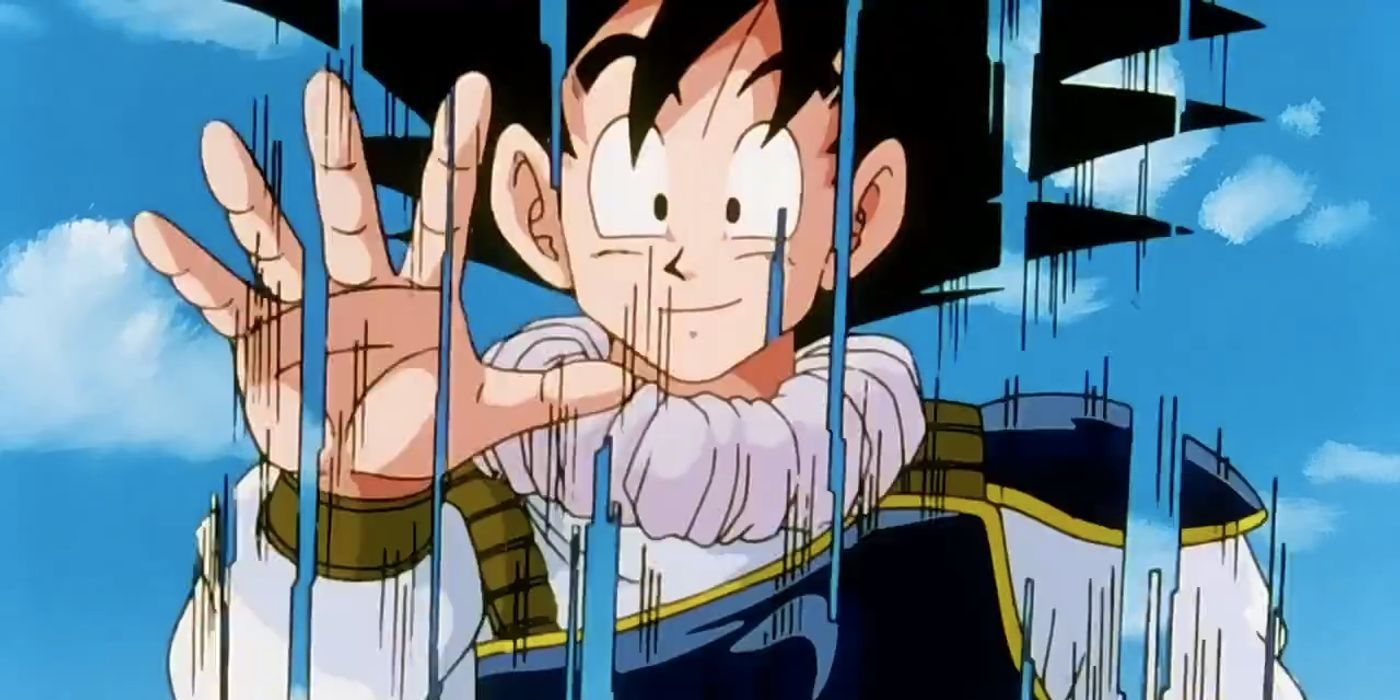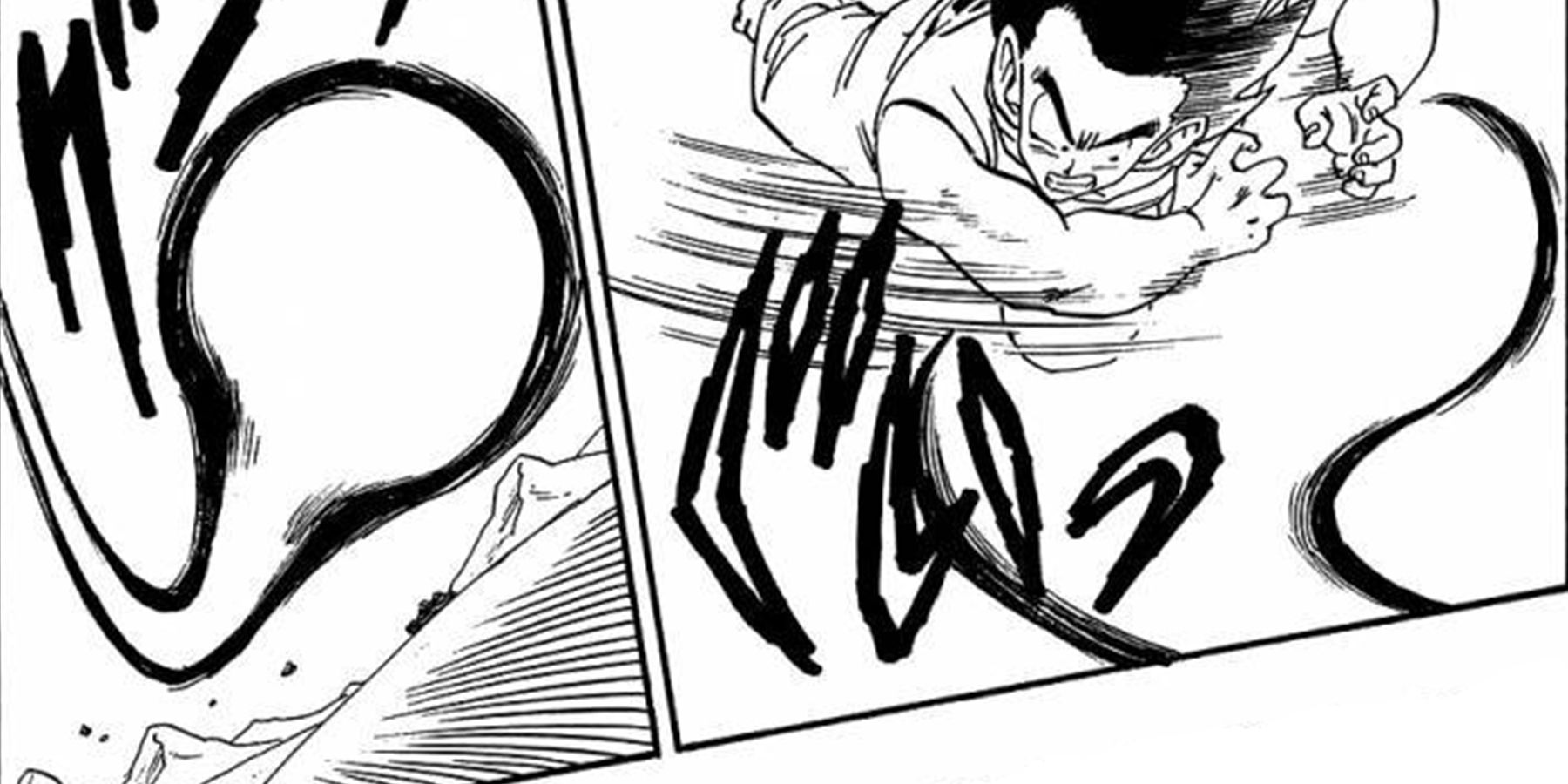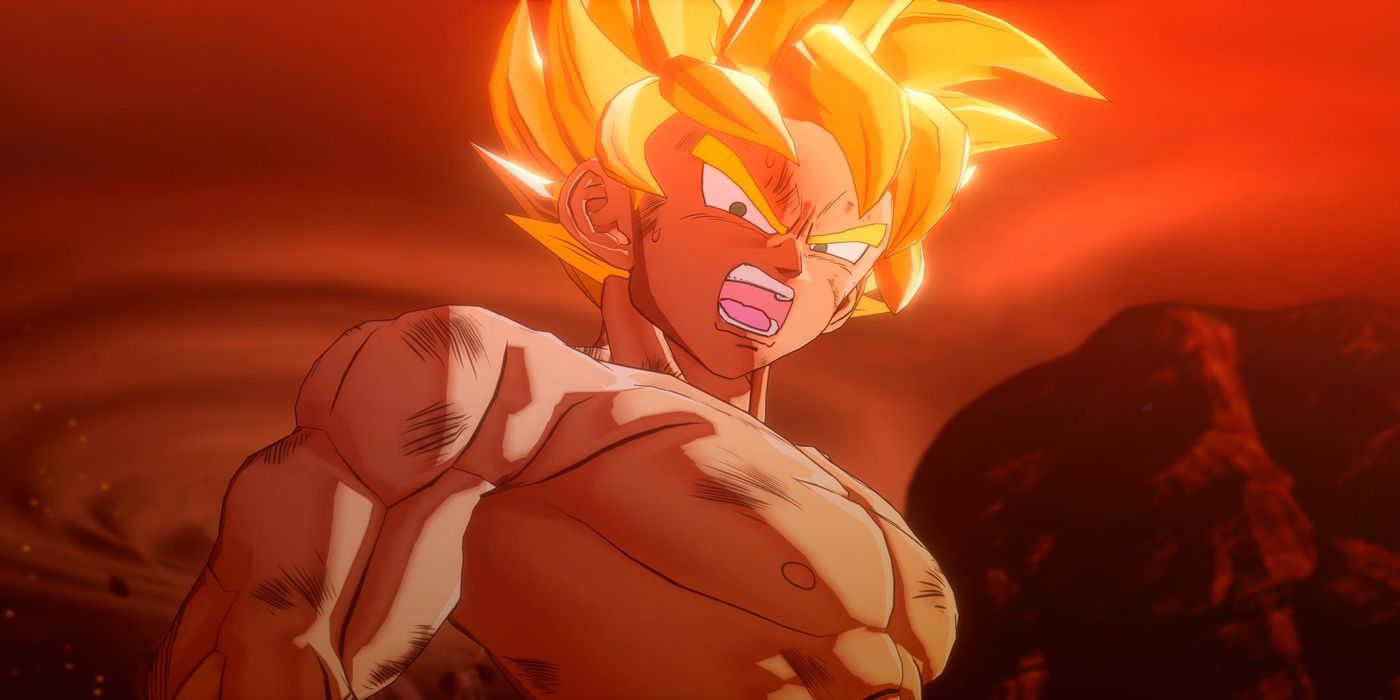Son Goku’s career as a martial artist is the connective thread that ties the Dragon Ball franchise together. While Gohan briefly took over as the protagonist following the end of the Cell Games, it wasn’t long before Goku took over as the main character yet again– a role he’s firmly held onto since the end of Dragon Ball Z.
Goku’s martial arts journey arguably begins when he picks up the Kamehameha after just seeing it once, setting a precedent for prodigy that would allow Goku to keep a leg above his competition. Goku has mastered many techniques over the years, but Dragon Ball’s main character does play favorites when it comes to his moves.
10 Hakai
A technique exclusive to the Dragon Ball Super manga– and one that he’s only used the once so far– Goku busts out the Hakai during the arc’s final fight against Merged Zamasu. Hakai is notably a technique reserved for Gods of Destruction (or so it’s been conveyed,) so for Goku to try to destroy Zamasu outright is quite a surprise.
Goku is never shown training in the Hakai, with the implication being that he’s attempting it in the moment. For what it’s worth, Goku’s Hakai very nearly manages to kill Merged Zamasu (an immortal being.) It doesn’t end up working and Goku hasn’t used the technique since, but it’s quite the deadly skill.
9 Mafuba
In both the anime and manga version of the Goku Black arc, Goku trains in the Mafuba so that he can use it against Zamasu. In the anime, Goku never ends up using the technique– his training being for naught and Trunks using it against Zamasu. In the manga, Goku actually does succeed in using the Mafuba, but it (of course) doesn’t fully work.
It’s rather interesting to note how Dragon Ball Super has attempted to bring the Mafuba back into play. Given its intimate connection to the Piccolo Daimao arc, though, it’s never been able to really land outside of a cheeky reference.
8 Taiyoken
The Taiyoken, otherwise known as the Solar Flare, is a Crane School technique that’s first introduced during the 22nd Tenkaichi Budokai. It’s also one of the most borrowed skills in the series, with multiple characters making use of it. Goku ends up using the Taiyoken both in the 23rd Tenkaichi Budokai and his first fight against Vegeta.
During his semi-final match against Tenshinhan, Goku uses the Taiyoken to blind all 12 of Ten’s eyes after he splits into four. During his fight against Vegeta, Goku uses the Taiyoken to buy some time against Oozaru Vegeta. While his gambit pays off in the former, he needs to be saved by Krillin & Gohan while fighting Vegeta.
7 Jan Ken
The Jan Ken is Goku’s earliest technique and evident of Dragon Ball’s early priorities. Long before Ki became a mainstay, characters needed to make use of physical combat. While it’s often exaggerated how much DBZ strays from the series’ martial arts roots, the fact Goku doesn’t have a single other physical technique (in canon) is telling.
A technique presumably developed by Grandpa Gohan, Jan Ken more or less makes use of roshambo sensibilities (rock, paper, scissors) to attack opponents. Rock serves as a punch, scissors pokes the eyes, and so on. As Goku’s Ki control improves, he relies less and less on the Jan Ken until it quietly disappears.
6 Ultra Instinct
With Dragon Ball Super’s Moro arc well under way, Goku has triggered Ultra Instinct yet again. Unfortunately, Goku was still restricted to the -Sign- variant and ultimately couldn’t keep himself stable while fighting Moro. That said, the fact Goku hasn’t used proper Ultra Instinct yet does seem to indicate he will before the arc ends.
Either way, Ultra Instinct is well on its way to becoming one of Goku’s most used techniques. While Goku didn’t trigger the form during Dragon Ball Super: Broly, it was given a considerable amount of focus during the Tournament of Power (with multiple triggers throughout) and Goku’s training session with Merus indicates that Ultra Instinct might replace Super Saiyan moving forward– for Goku, at least.
5 Kaioken
Goku’s death at the start of the Saiyan arc is arguably a bigger twist than Raditz revealing Goku’s Saiyan heritage. Through death comes opportunity, and Goku goes on to train with Kaio in the afterlife. While a fair bit of Goku’s training is seen, Toriyama notably refrains from showing off Kaioken until the fight with Vegeta.
Although the Kaioken only appears in the original manga during the Saiyan and Frieza arc, it’s one of Goku’s absolute best techniques on a conceptual level. The fact Goku can augment his strength at the expense of his body adds an element of risk versus reward that makes any battle with the Kaioken present inherently tense. It was one of Dragon Ball’s best narrative tools, and Dragon Ball Super knew to bring it back.
4 Genki Dama
It’s funny that Toriyama ends up saving the Kaioken as Goku’s Kaio trump arc only for the Genki Dama to end up the more prominent of the two techniques. Where Goku briefly retires the Kaioken as soon as he turns into a Super Saiyan, the Genki Dama never leaves his repertoire and is often Goku’s ace in the hole (even if it doesn’t always work.)
Goku’s used the Genki Dama against Vegeta, Frieza, Majin Buu, and Jiren during the anime’s version of the Tournament of Power. In the anime, the Genki Dama even plays a part in Goku triggering Ultra Instinct for the first time. It’s unlikely Goku will ever ditch the Genki Dama at this point.
3 Instantaneous Movement
Following his fight against Frieza on Namek, Goku crashlands on Yardrat and spends a considerable amount of time mastering Instantaneous Movement– otherwise known as Instant Transmission. Vegeta recently learned the technique during the Moro arc, but he doesn't intend on using it again.
Given that Instantaneous Movement allows Goku to teleport to any Ki signature he senses, it’s become a wildly valuable technique and something he’s been able to whip out in combat multiple times since its introduction. That said, Instantaneous Movement is really just a formal version of the Zanzoken (the Afterimage Technique which frequently appeared during the franchise’s earlier arcs.)
2 Kamehameha
The first Ki attack Goku learns in Dragon Ball (and the first one shown period,) not an arc goes by where Goku doesn’t fire the Kamehameha. It’s the most basic of Ki techniques, but that’s likely why it’s so powerful. The Kamehameha is a valuable attack that gets stronger & stronger alongside Goku.
Goku’s even put some creative spins on the technique– his feet Kamehameha during the 23rd Tenkaichi Budokai, his dual homing Kamehameha against Frieza, and his teleporting Kamehameha while fighting Cell is one of Goku’s finest strategic moments. The Kamehameha ultimately represents Muten Roshi and the Turtle School, but it’s become Goku’s signature technique with time.
1 Super Saiyan
It almost goes without saying, doesn’t it? Ever since its introduction during the Namek arc, Super Saiyan has become an inherent part of Goku’s skill set. If he’s not triggering Super Saiyan at the start of a fight (which he always does in the original manga after unlocking the form,) he’s building up to it.
Super Saiyan has become as key to Goku’s fights as punches themselves. All variations of Super Saiyan functionally serve the same narrative purpose so they fall under the same umbrella– Super Saiyan 2, 3, God, Blue, etc.– they’re all just different shades of Super Saiyan.

